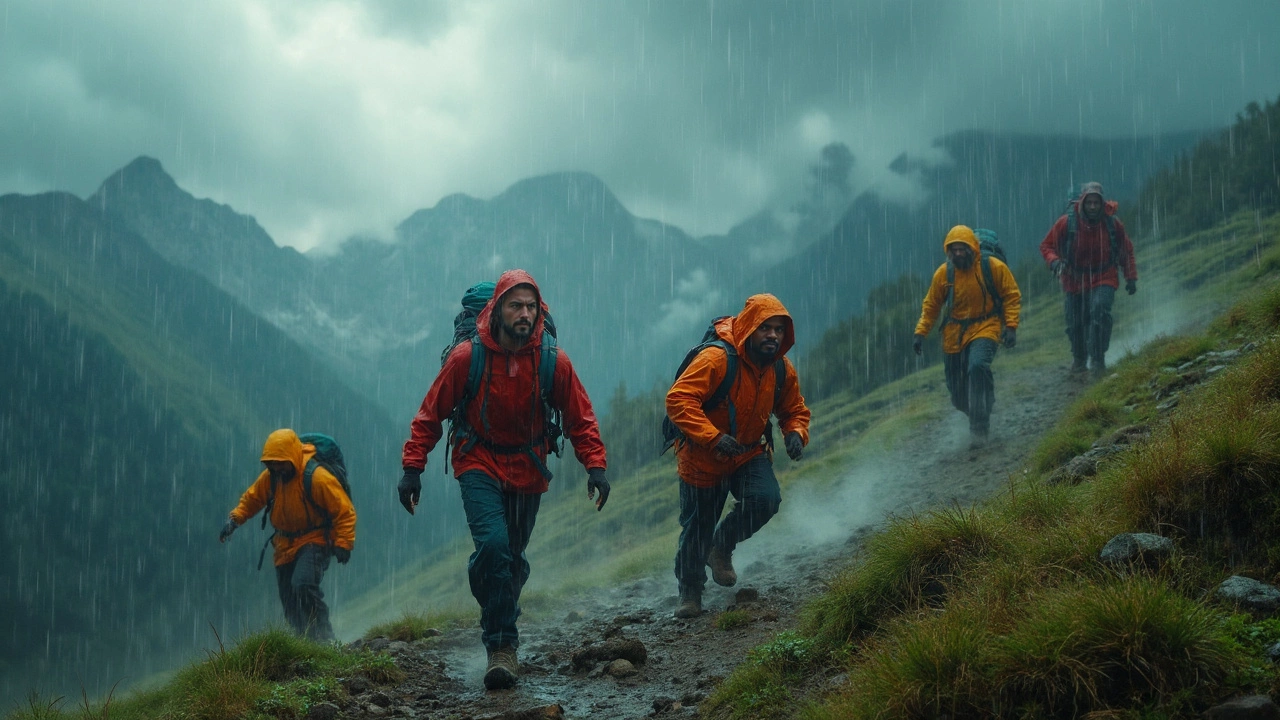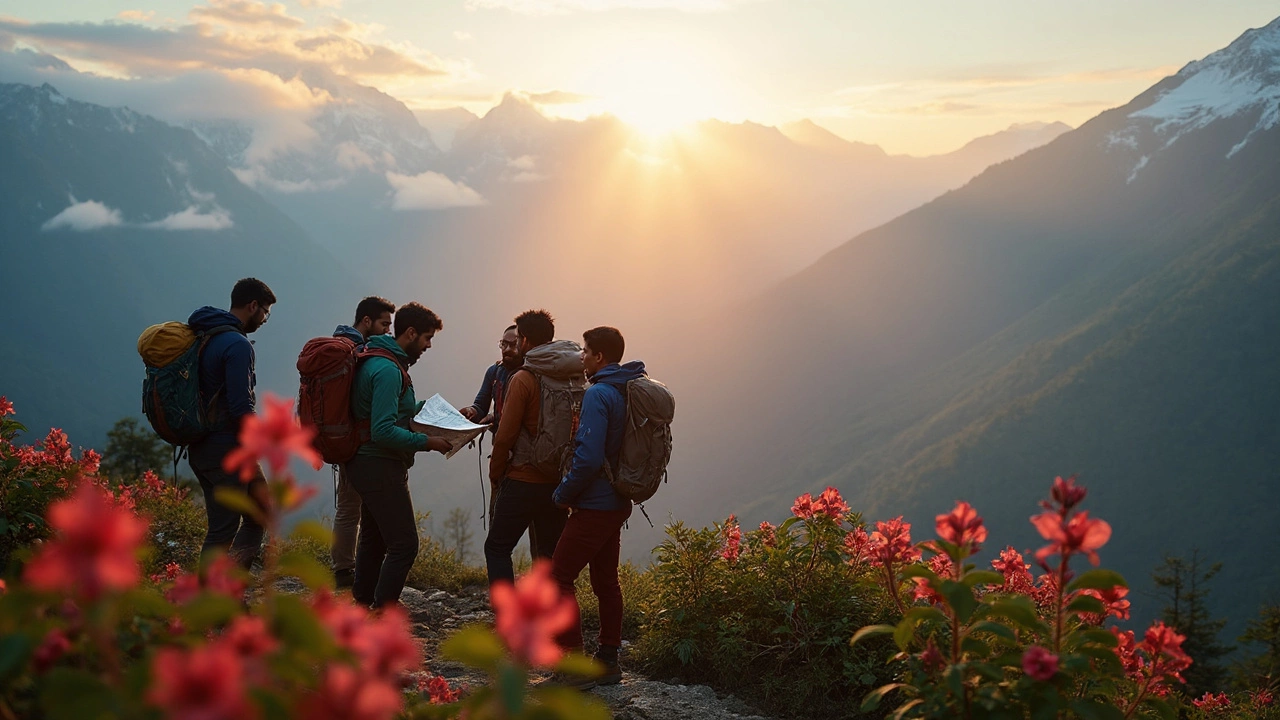SEARCH
Hiking Safety: Simple Steps to Stay Safe on the Trail
Planning a hike? Great! But before you lace up, think about safety. A few smart moves can mean the difference between a fun day and a stressful night. Below you’ll find easy, no‑nonsense advice that works for beginners and seasoned trekkers alike.
Gear Up Right
The right gear is the first line of defense. Here’s a quick checklist you can copy:
- Footwear: Sturdy, broken‑in hiking shoes or boots with good grip.
- Clothing: Use the 3‑layer rule – base, mid, shell – so you stay dry and warm.
- Backpack: Choose a comfortable pack (20‑30 L for day hikes) and pack light.
- Navigation: Carry a map, a compass, and a fully charged phone with offline maps.
- Emergency kit: Pack a whistle, a small first‑aid kit, a multi‑tool, and a torch.
Don’t forget sunscreen and a water bottle or hydration system. Hydration is a safety issue, not just comfort.
Plan, Prepare, and Stay Informed
Know where you’re going. Check the trail length, elevation gain, and difficulty level. Look up recent weather forecasts and any trail notices. If you’re hiking solo, tell a friend or family member your route and expected return time.
When the weather changes, be ready to adapt. A sudden drop in temperature can turn a sunny walk into a cold shock. Pull out your shell layer, increase your pace a bit to generate heat, and keep moving.
If you’re unsure about the terrain, walk a short distance first to test footing. Loose rocks, slippery mud, or steep sections need extra attention. Slow down, use trekking poles if you have them, and keep your eyes on the ground.
Navigation mistakes happen when you rely only on gadgets. A quick glance at a compass or a map can prevent you from wandering off‑trail. If you feel lost, stop, assess your bearings, and backtrack to a known point.
Know basic first‑aid. A blister can become a serious issue if ignored. Clean it with antiseptic wipes, apply a blister pad, and keep it covered. Small cuts, sprained ankles, or heat exhaustion all follow the same rule: stop, treat, and reassess before moving on.
When you’re near the end of your hike, give yourself a buffer of extra time to reach the exit. Rushing in the dark or during a storm raises risk dramatically. If you’re running late, consider turning back early – it’s better to miss a sunset than to be stuck.
Finally, respect your limits. It’s okay to turn back if you feel tired, dehydrated, or uneasy about the conditions. The trail will be there for the next outing, and you’ll be safer for listening to your body.
Follow these simple steps, and you’ll enjoy more hikes with fewer worries. Happy trekking!

Which Situation Should Hikers Avoid? Trekking India’s Trails Safely
Trekking across India's wild trails can be electrifying, but certain situations can turn a dreamy hike into a disaster. This article breaks down the key scenarios you need to dodge to stay safe on the path. Learn how weather, terrain, wildlife, and poor planning trip up even seasoned hikers. Get real-world tips on staying out of trouble, especially in India’s unpredictable conditions. Whether you’re a weekend wanderer or a hardcore trekker, knowing what to avoid is half the battle.
Continue reading
Hiking Rule Number One: Stay Safe on the Trekking Trails of India
Wondering about the most important rule for hiking? This article breaks down the number one rule every trekker should know, especially when exploring India's famous trails. Get practical tips, real-life examples, and learn how to avoid the most common mistakes. Whether you're a first-timer or an experienced hiker, you'll get advice you can actually use—right here. Stay ready for your next adventure and make each trek a great (and safe) memory.
Continue reading